Why you can trust Tom's Hardware
Firmware
ASRock’s BIOS on the brand new X670E Taichi is similar to the previous generation X570 and even the Z690 Taichi, and PG Veloctia we looked at previously. The BIOS sports the familiar black, white and light blue highlights, which present good contrast and easy-to-read text. There aren’t too many differences between X570 (or Z690 for that matter) in the BIOS as it’s still configured the same way. You’ll find additional options for DDR5 tweaking and other items exclusive to Zen4. You start out in EZ Mode which displays high-level information including CPU clock speeds and temperatures, fan speeds, storage information, etc. Advanced Mode has several headers across the top that drop down additional options. The BIOS is easy to maneuver in and laid out logically. Overall, it’s a user-friendly BIOS with more options than most will ever use.
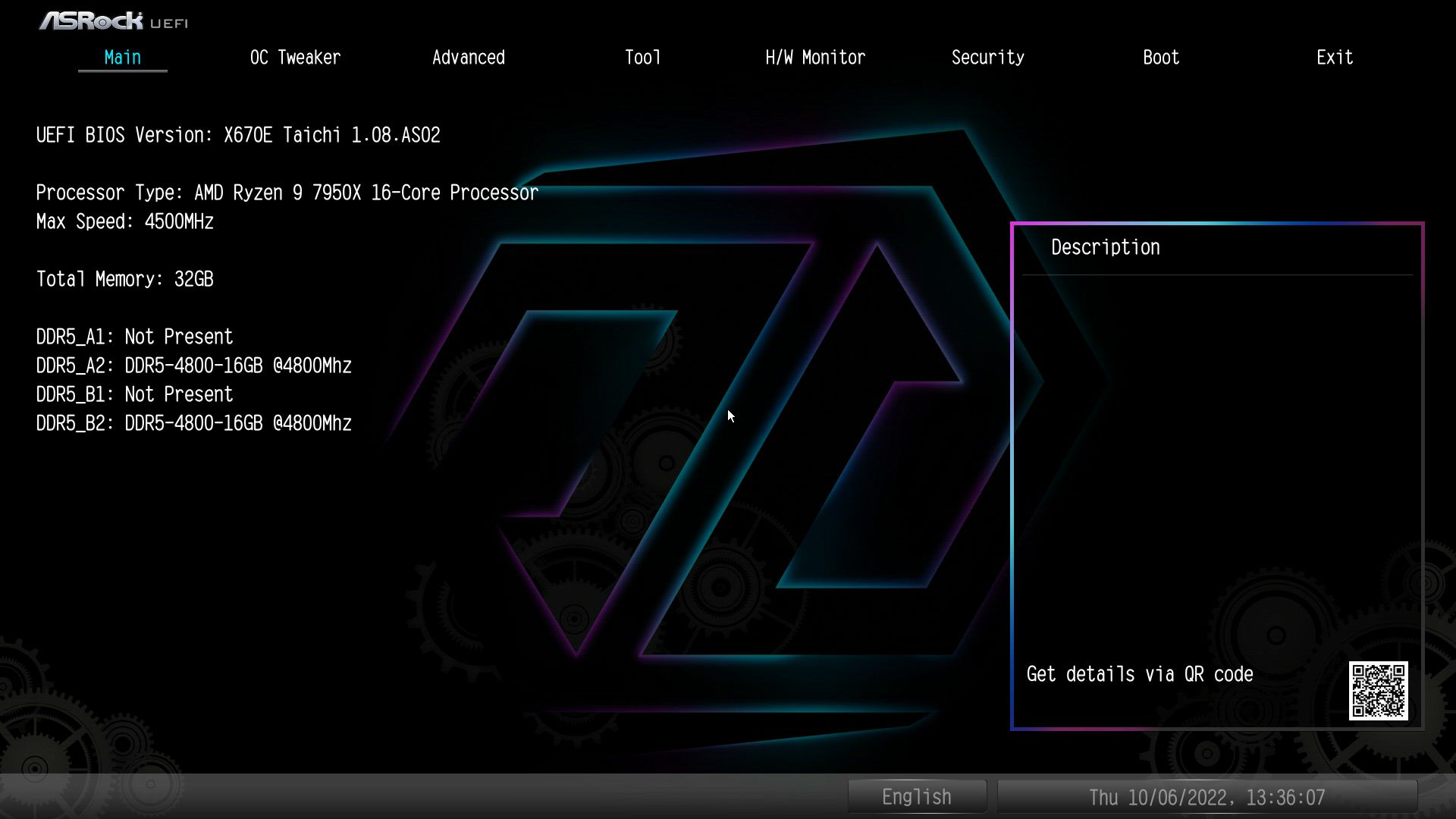






















Software
Unlike some board partners, ASRock doesn’t combine most of its utilities under a larger application. Instead, they are all standalone programs, which can lead to clutter, but they do cover a wide gamut of functionality. From overclocking and monitoring (A-Tune) to audio (Nahimic), networking (Killer Dashboard) and RGB lighting (Polychrome), all of the applications we used for this board worked without issue.


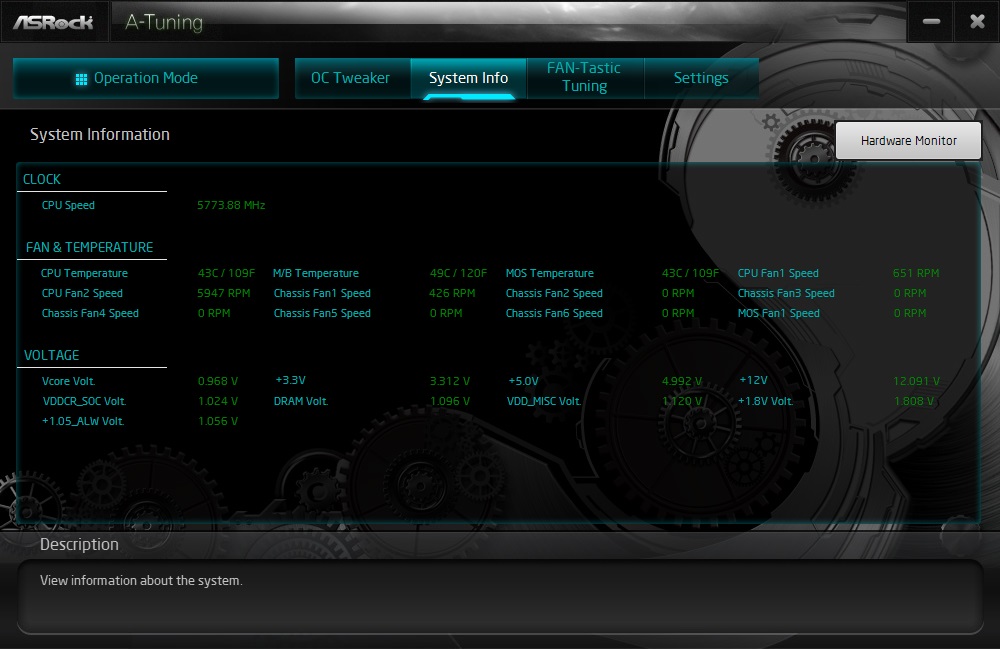











Test System / Comparison Products
We’ve updated our test system to Windows 11 64-bit OS with all updates applied. We kept the same Asus TUF RTX 3070 video card from our previous testing platforms but updated the driver. Additionally, we updated to F1 22 for our games and kept Far Cry 6. We use the latest non-beta motherboard BIOS available to the public unless otherwise noted. The hardware we used is as follows:
Test System Components
| CPU | AMD Ryzen 9 7950X |
| Memory | GSkill Trident Z DDR5-5600 CL36 (F5-5600U3636C16GX2-TZ5RK) |
| Row 2 - Cell 0 | Kingston Fury Beast DDR5-6000 CL36 (KF560C36BBEAK2-32) |
| GPU | Asus TUF RTX 3070 |
| Cooling | Coolermaster MasterLiquid PL360 Flux |
| PSU | EVGA Supernova 850W P6 |
| Software | Windows 11 64-bit (22H2, Build 22622.601) |
| Graphics Driver | NVIDIA Driver 522.25 |
| Sound | Integrated HD audio |
| Network | Integrated Networking (GbE or 2.5 GbE) |

EVGA supplied our Supernova 850W P6 power supply (appropriately sized and more efficient than the 1.2KW monster we used previously) for our test systems, and G.Skill sent us a DDR5-5600 (F5-5600U3636C16GX2-TZ5RK) memory kit for testing.
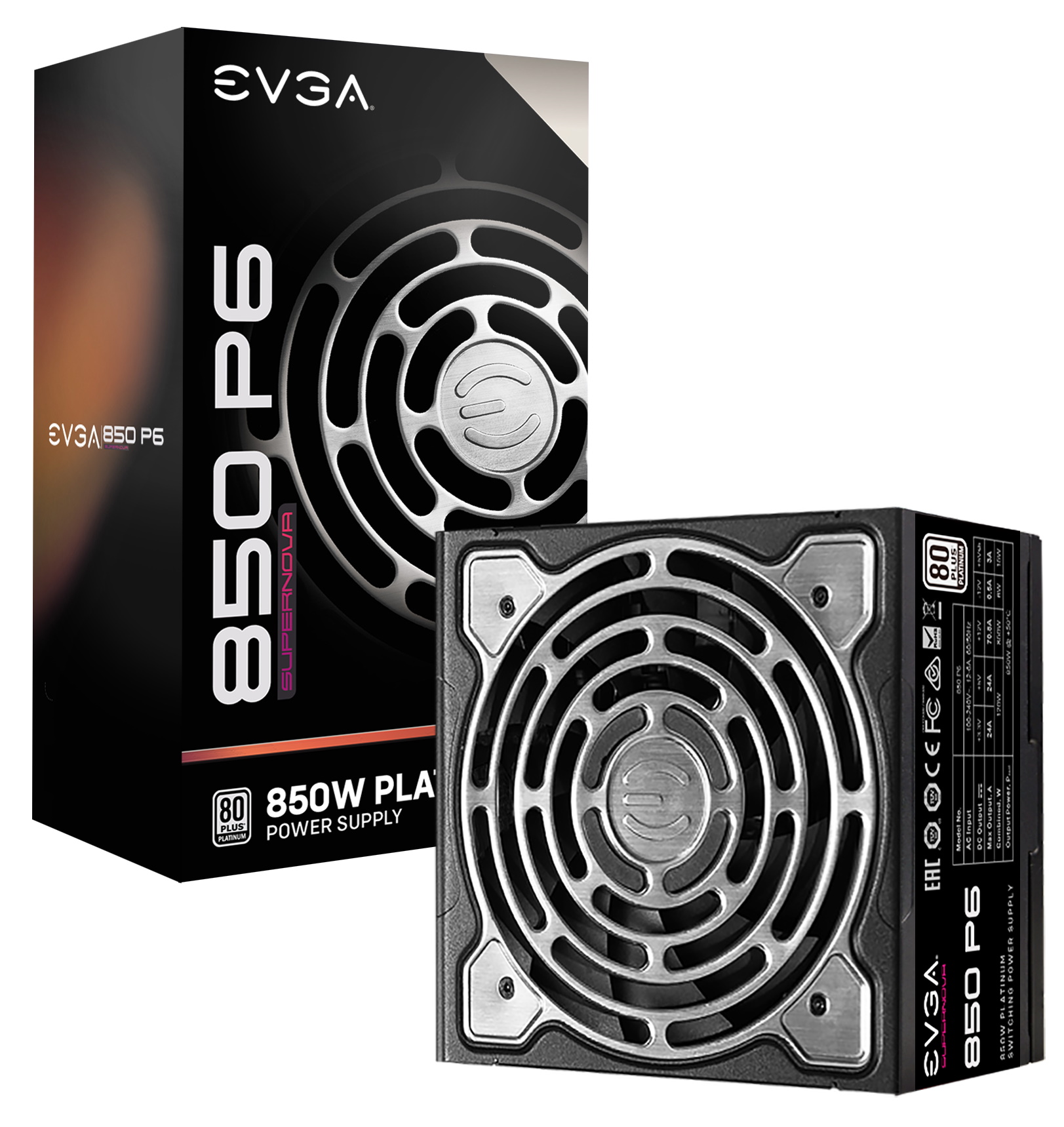
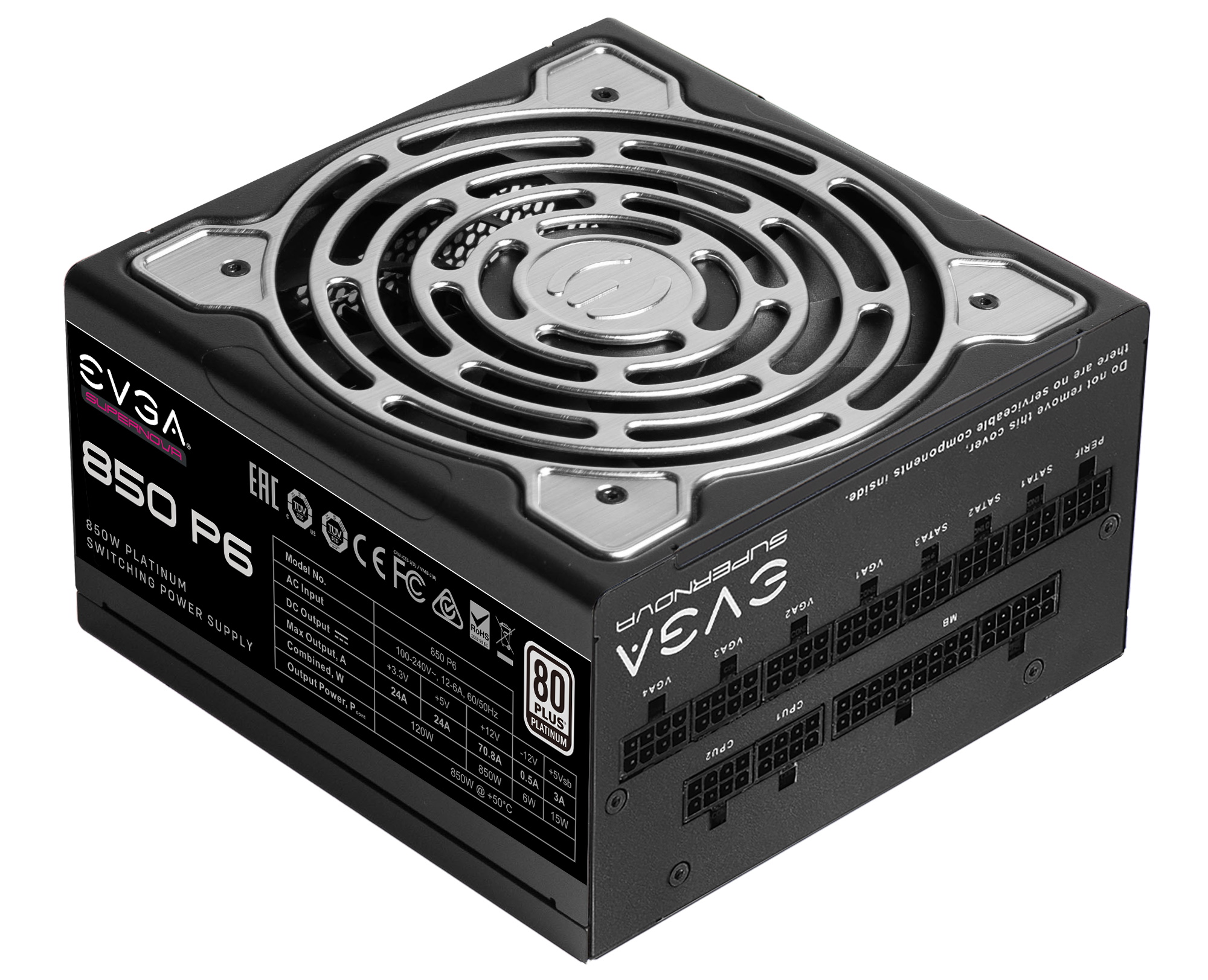


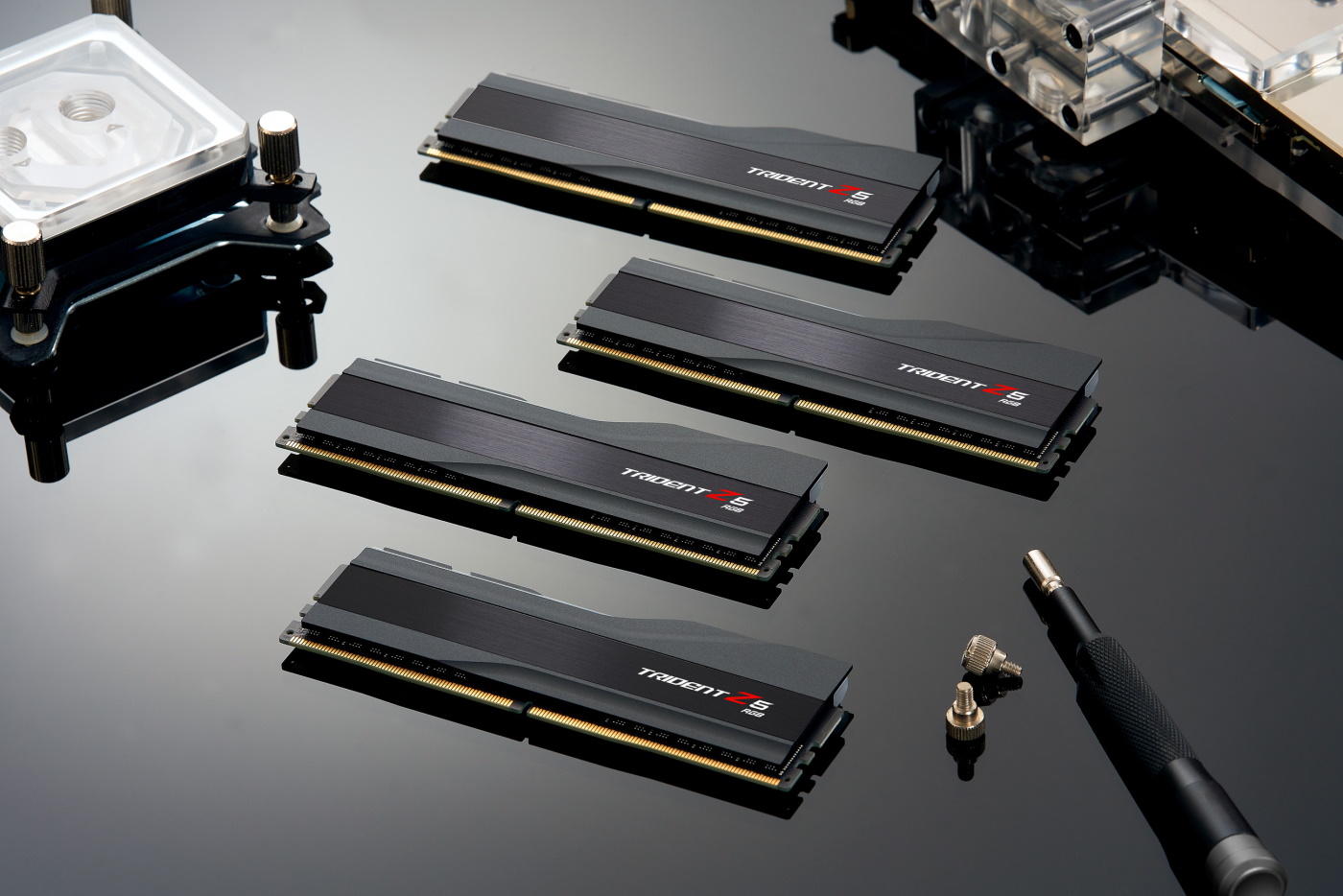


Benchmark Settings
| Synthetic Benchmarks and Settings | Row 0 - Cell 1 |
| Procyon | Version 2.1.459 64 |
| Row 2 - Cell 0 | Office Suite (Office 365), Video Editing (Premiere Pro 22.6.2.2), Photo Editing (Photoshop 23.5.1, Lightroom Classic 11.5) |
| 3DMark | Version 2.22.7359 64 |
| Row 4 - Cell 0 | Firestrike Extreme and Time Spy Default Presets |
| Cinebench R23 | Version RBBENCHMARK330542 |
| Row 6 - Cell 0 | Open GL Benchmark - Single and Multi-threaded |
| Blender | Version 3.3.0 |
| Row 8 - Cell 0 | Full benchmark (all 3 tests) |
| Application Tests and Settings | Row 9 - Cell 1 |
| LAME MP3 | Version SSE2_2019 |
| Row 11 - Cell 0 | Mixed 271MB WAV to mp3: Command: -b 160 --nores (160Kb/s) |
| HandBrake CLI | Version: 1.2.2 |
| Row 13 - Cell 0 | Sintel Open Movie Project: 4.19GB 4K mkv to x264 (light AVX) and x265 (heavy AVX) |
| Corona 1.4 | Version 1.4 |
| Row 15 - Cell 0 | Custom benchmark |
| 7-Zip | Version 21.03-beta |
| Row 17 - Cell 0 | Integrated benchmark (Command Line) |
| Game Tests and Settings | Row 18 - Cell 1 |
| Far Cry 6 | Ultra Preset - 1920 x 1080, HD Textures ON |
| F1 2022 | Ultra Preset - 1920 x 1080, Ultra High (default) Bahrain (Clear/Dry), FPS Counter ON |
MORE: Best Motherboards
MORE: How To Choose A Motherboard
MORE: All Motherboard Content
Get Tom's Hardware's best news and in-depth reviews, straight to your inbox.
Current page: Firmware, Software and Test System
Prev Page Features and Specifications Next Page Benchmarks and Final Analysis
Joe Shields is a staff writer at Tom’s Hardware. He reviews motherboards and PC components.
-
RichardtST It's a beautiful board, full of all the features that I need, for sure. But what I don't understand is why the manufacturers keep making the top pcie slot the fast one. The obvious need here is to move the graphics card to the bottom slot to make way for some spiffy M.2 heatsinks and show off the art over near the chipset and fan. Since graphics don't so pcie 5 right now anyway, my question would be whether the bottom slot can handle max throughput for the card at pcie 4 or 3. I need those M.2 heatsinks, otherwise I throttle when copying large (>100GB) files around (which I do often!).Reply -
Math Geek with "speed" also comes latency to deal with. remember the x16 pcie slot and fastest m.2 slots get their lanes direct from the cpu.Reply
the closer to the cpu, the less latency in getting data to and from the cpu. that's why ram slots are as close as possible to minimize how far the data has to go thus lowering latency as much as possible.
that's why the slots are closest to the cpu.
i do agree though that covering the m.2 slot with a gpu, does take away using the heatsinks and such that can be needed or are just pretty to look at. i'm not sure where you could move it though to keep it close to the cpu, yet not under the gpu. lowering the pcie slot to put it above the gpu, though not very far, would add to the latency of the gpu and people would lose their freaking minds if some reviewer showed .2 fps less or some other trivial number due to moving it the couple inches.
under the mobo would be a good option except you'd still not get thick heatsinks under there. that and the vrm's and such near the cpu can get aweful hot and mounting an m.2 drive right under them would probably burn it up real fast. -
atomicWAR ReplyRichardtST said:my question would be whether the bottom slot can handle max throughput for the card at pcie 4 or 3.
Three words: latency and cost. The farther your GPU is from the CPU socket the more latency added. That will steal fps from your system (miniscule amount) and limit responsiveness in games. Then there are the redrivers for PCIe 5.0 they need to be added to extend the signal (it degrades quickly for PCIe 4.0/5.0) which adds costs to the BOM. -
Math Geek the bottom slot would be plenty fast for a gpu. the problem is we have a VERY EXTREME case of FOMO.Reply
that bottom slot at x8 at 4.0 (which recall is x16 at 3.0 speeds) is enough for the gpu. but then it would not be x16 and 5.0. and OMG if there is a higher number i don't have, then i am not getting what i could. does not matter that performance would not be impacted. there is still a bigger number i don't have and I NEED IT!!!!
we don't need pcie 5.0 as it is, yet there it is and we all must have it. so yah they could move some stuff around and still make a fine board, but the buyers would never go for having a smaller number than someone else has. egos and FOMO would never allow such a thing. :) -
escksu ReplyRichardtST said:It's a beautiful board, full of all the features that I need, for sure. But what I don't understand is why the manufacturers keep making the top pcie slot the fast one. The obvious need here is to move the graphics card to the bottom slot to make way for some spiffy M.2 heatsinks and show off the art over near the chipset and fan. Since graphics don't so pcie 5 right now anyway, my question would be whether the bottom slot can handle max throughput for the card at pcie 4 or 3. I need those M.2 heatsinks, otherwise I throttle when copying large (>100GB) files around (which I do often!).
The answer is no. It will be a bottleneck. I am not sure if the bottom slot is 8 or 16x pcie 4.0 slot. However, that doesn't matter. It's from the chipset. The path between CPU and chipset is just pcie 4.0 4x... Any nvme using chipset will have to use that as well. -
rholmes3 This is, indeed, a very nice board. I have one problem with it. I need to have a 10Gb NIC in the lower slot. If I get an RTX 4090 board, there will not be enough space for it between the slots. When it is time for a 4090, I guess I'll have to get a mobo with the 10Gb interface built in.Reply
This is a concern for several of the x670e boards available. -
sailorjeff Well, I actually have this MB running a Ryzen 9-7900, Gskill 32gb memory at 6K mhz, Samsung 980 Pro and a Samsung 970 EVO. Graphics card is a Gigabyte 3080 with a 1200 watt Power Supply. I have some issues with the board.Reply
System takes forever to boot, even after memory training and using a Samsung 980 pro. It takes at least 60 seconds and then after it boots into windows it will boot itself again EVERY TIME after about two minutes. Troubleshooting with ASROCK has not fixed any of this, even with new Bios. Once system is up it runs well however. I have not tried OC the CPU yet.
The board comes with the primary M2 active heatsink cooler with fan.....but I cannot use it because it interferes with my two slot RTX 3080. Back side of RTX 3080 hits the heat sink and card has a hard time seating properly.
The onboard sound is not good. I get bad distortions in sound as if something is interfering with the sound circuits or controller.
To solve the sound issue, I had to install a Creative Labs Sound Blaster Z sound card. This highlights another issue. The PCIE slots (only two of them) are so close together that the SB Z half card masks the first fan on my RTX 3080. There is NO WAY I could install a new RTX 3090 that is a three slot design with anything in the second PCIE slot. The only way to to install a RTX 4090 would be to buy one with a AIO cooler that keeps the RTX board to a one or two slot size. Good luck on finding one of those in the next year.
The board itself, once it finally boots up, runs great...but the above issues make me regret buying it. I was looking on getting a MSI X670E Carbon but none to be had. To everyone upgrading, if you are planning and running a RTX 4090 then avoid this board. Hopefull rev 2.0 of this board will fix some of these early issues. I have always had ASROCK MB's in my builds but they dropped the ball on some design issues on this one. -
coromonadalix Ugly i/o ports on back, deceiving ... this was my favorite mobo to buy, but with my asus phoenix 2.5 (chubby) slots thickness i have doubts, should fit .... mmmReply
The Msi Carbon seems nicer on the i/o's ports -
TechieTwo Replysailorjeff said:Well, I actually have this MB running a Ryzen 9-7900, Gskill 32gb memory at 6K mhz, Samsung 980 Pro and a Samsung 970 EVO. Graphics card is a Gigabyte 3080 with a 1200 watt Power Supply. I have some issues with the board.
System takes forever to boot, even after memory training and using a Samsung 980 pro. It takes at least 60 seconds and then after it boots into windows it will boot itself again EVERY TIME after about two minutes. Troubleshooting with ASROCK has not fixed any of this, even with new Bios. Once system is up it runs well however. I have not tried OC the CPU yet.
The board comes with the primary M2 active heatsink cooler with fan.....but I cannot use it because it interferes with my two slot RTX 3080. Back side of RTX 3080 hits the heat sink and card has a hard time seating properly.
The onboard sound is not good. I get bad distortions in sound as if something is interfering with the sound circuits or controller.
To solve the sound issue, I had to install a Creative Labs Sound Blaster Z sound card. This highlights another issue. The PCIE slots (only two of them) are so close together that the SB Z half card masks the first fan on my RTX 3080. There is NO WAY I could install a new RTX 3090 that is a three slot design with anything in the second PCIE slot. The only way to to install a RTX 4090 would be to buy one with a AIO cooler that keeps the RTX board to a one or two slot size. Good luck on finding one of those in the next year.The board itself, once it finally boots up, runs great...but the above issues make me regret buying it. I was looking on getting a MSI X670E Carbon but none to be had. To everyone upgrading, if you are planning and running a RTX 4090 then avoid this board. Hopefull rev 2.0 of this board will fix some of these early issues. I have always had ASROCK MB's in my builds but they dropped the ball on some design issues on this one.
Understand that the AM5 is a completely new platform and it will take some time to sort out driver and AGESA issues. This is always the case with any new platform regardless of the mobo brand. The latest BIOS that I have seen is 1.09 for most Asrock boards with an updated AGESA from AMD. Now days there is almost an infinite combination of add-in components for a PC so it's not easy for any mobo maker to test every combination. That being said Asrock IME does seem to address issues fairly quickly.
Clearly there are people using this specific mobo without issues so it's highly unlikely that there is a fundamental design issue with this mobo as all motherboard makers work from AMDs design guide. More than likely over the next few months the issues will be resolved but there is always challenges for early adopters. -
DavidLejdar I picked X670E PG Lightning. Not as posh, but comes with Gen5 both for PCIe slot and for M.2. A number of X650E motherboards have the same, with only 8 usable PCIe lanes less (up to 36 instead of up to 44, of which in both cases up to 24 PCIe 5.0 lanes). But the cheapest of these are here currently available at around the same price as the one I picked.Reply
B650 and X670 mothreboards were no option for me, as these MBs have no PCIe 5.0 slot and at best just for M.2.
Of course, PCIe 5.0 is not needed for current-gen GPUs, and a bit of an open question if already in about a week released new AMD GPUs will make use of it. But I hope the MB will last me at least several years, and probably some more GPU developments in that time as well.
RichardtST said:... why the manufacturers keep making the top pcie slot the fast one. ...
An usual mid-tower would leave little to no room at the bottom slot for proper air ventilation. So it doesn't seem much of a mainstream solution to ask everyone to use the bottom slot (even aside of the mentioned issue of latency).
But, e.g. specifically the reviewed X670E Taichi has a second PCIe 5.0 x16 slot at the bottom (only one can be used as x16 at the same time), and the X650E Taichi has the Gen5 M.2 to the side of the RAM. Or e.g. ROG Strix B650E-E Gaming WiFi, that one has likewise two PCIe 5.0 16x slots, and it has two Gen5 M.2 spots, one of which is at the bottom.
The price may be an issue of course. Which is why I went for a MB which has the Gen5 M.2 inbetween GPU and CPU, where I personally worry more about an eventual M.2 cooler colliding with a larger CPU air cooler (which then led me to pick a case with among other clearance for the CPU cooler height, to leave me soom options if or when I upgrade the CPU - something which is also relevant in regard to RAM, as DDR5 has a bit more height).
But if one wants to be able to hit the ground running with Gen5 M.2 SSDs, without having to wait for improved M.2 cooler solutions and/or without having to rethink the entire rig cooling in use, then there are as mentioned already some motherboards to consider.